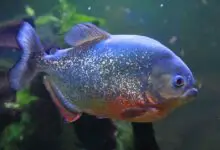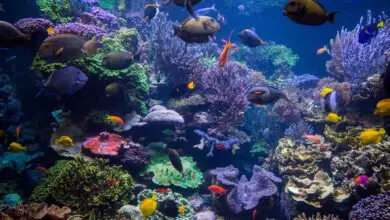Keeping Your Fish Tank Water Nice and Clean

Having pretty fish in a tank at home can be lots of fun. But the water they live in needs to stay fresh and clean or the fish can get sick. New fish tank owners especially need to learn how to test and fix their water. With some easy things to check and tools to use, you can keep your home fish very happy in nice water!
Why Fish Need Good Water
Fish breathe through their gills using the water. If their small tank gets dirty, waste and chemicals build up quick. This can hurt and even kill fish fast if you don’t watch the water. Testing and changing parts of the water keeps it clean and safe. Don’t just set up a tank then forget about it! New owners must learn what to look for. But don’t worry, it’s pretty easy stuff.
Checking The Temperature
Because fish are cold blooded, the water temperature matters a lot to them. Each kind of fish likes a certain temp range. Most fun pet fish enjoy tropical tank warmth around 78-82° F.
Big temp jumps under or over this make fish stressed and get infections easier. So the first thing is getting a tank heater and thermometer. The heater keeps the water steady in their perfect comfort zone!
Testing If The Water Is Acidic Or Basic
Another thing to check is the pH balance – how acidic or basic the water is. Use test strips to see this number – 7 is neutral, under 7 is acidic, over 7 is basic. Most pet fish do fine with a pH close to 7.
You want to aim for the same pH every time rather than big jumps up or down. Test for this number each week and make little fixes if needed to stay at one level.
Watching For Toxic Chemistry Increases
As fish waste and food break down over days, they release ammonia into the water. Too much ammonia burns fish gills and hurts them bad. Thankfully good bacteria in filters change ammonia to safer chemicals called nitrites and nitrates.
So when first setting up a tank, test until ammonia and nitrites show at zero before adding pets. Routinely check levels in case they rise later so you can fix that week. Changing some tank water dilutes bad builds up.
Understanding Water Mineral Levels
Another clue called water hardness tells you how many calcium and carbonates are dissolved in the water. Hard water has lots of minerals, soft has little. For most pet fish a medium amount around 75-150 ppm is best. Use kits to read your water number. Blend your tap water with filtered water if way too high or low to hit a nice middle ground.
Doing Water Changes
Over weeks, waste chemicals climb even in clean tanks. That’s why changing out parts of the old water keeps things refreshed. Just take out 25% of the tank water every week or two and replace carefully with new treated water to restart at clean levels. Vacuum up gunk while you have the water lowered too.
Filtering Out The Gunk
Good filtration pulls waste out before it rots. Filters have physical media like sponges to catch floating bits. They also grow helpful bacteria to process chemicals fish release. And some chemical filter parts pull out dissolved organics. Rinse the solids off the media when cleaning while leaving good bacteria alone. More thorough filtering equals cleaner water!
Using Test Kits
Start with simple test strips to check basics, then maybe later get fancier electronic kits. These measure levels accurately to see ammonia, pH, etc numbers exactly and if they change. Catching water going bad early keeps your fish safest!
Wrapping Up
See, the basics aren’t so tough! Get the right tank gear, adjust warmth and pH to be steady, watch chemicals like ammonia stay low by changing some water twice a month. Removing waste keeps the small fish home clear and comfy! Stick to easy habits and your fish will stay pretty healthy for years.







